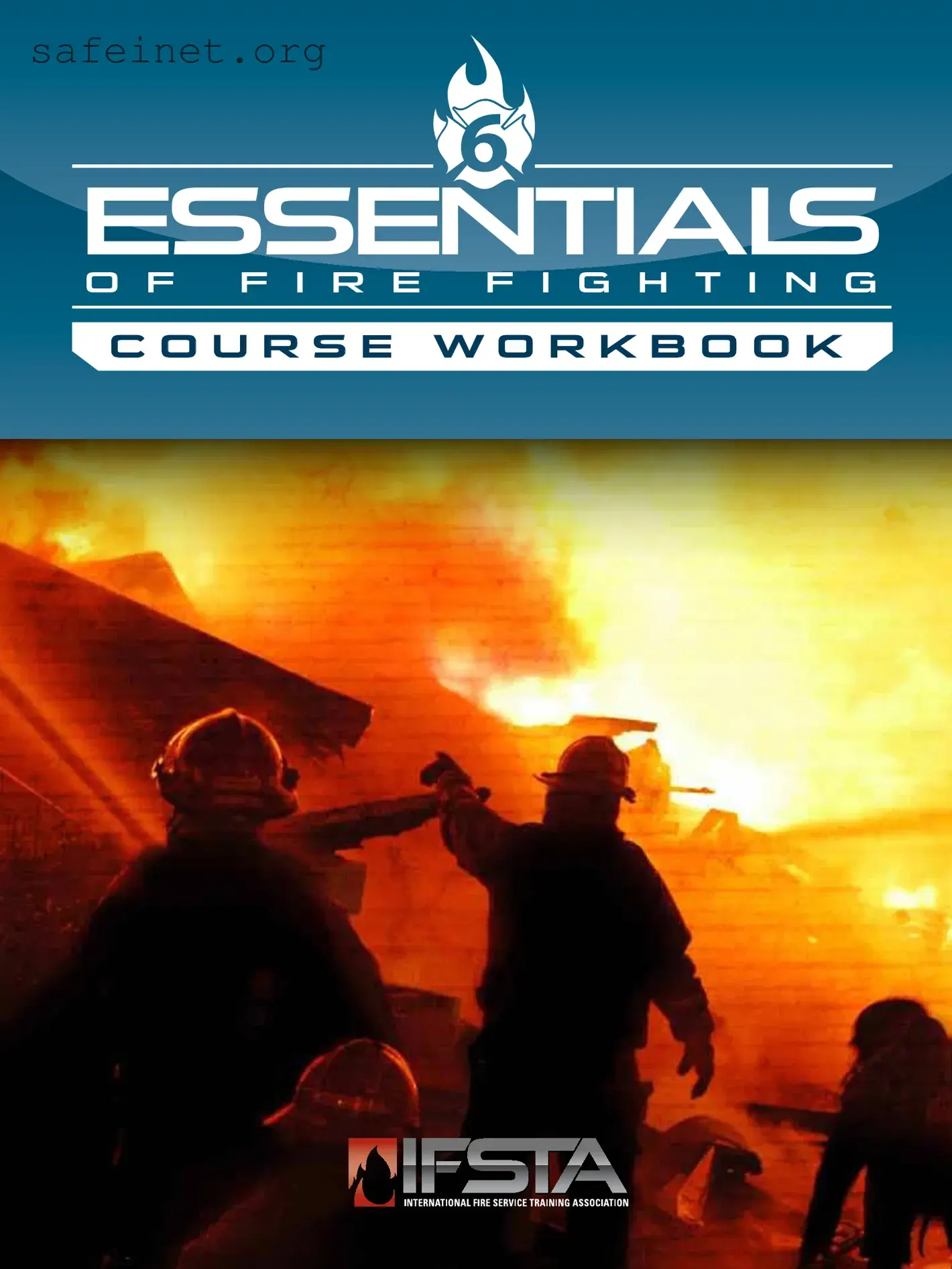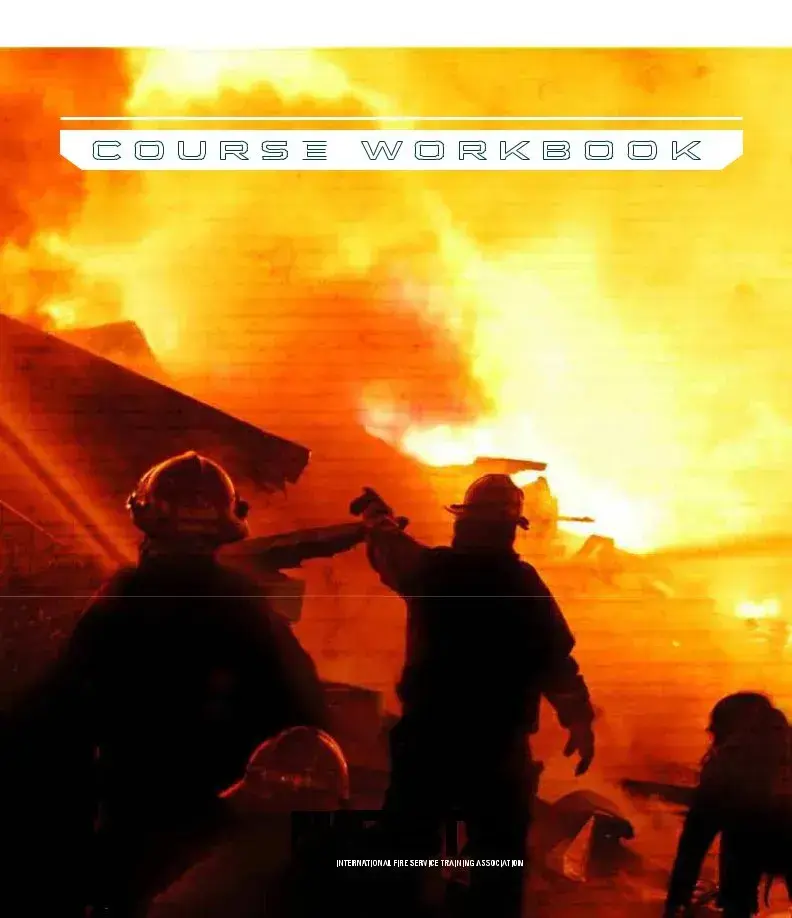6
21.Vapor (284) ________________________________________________________________________
__________________________________________________________________________________
22.Airborne pathogens (287) ____________________________________________________________
__________________________________________________________________________________
23.High-Eiciency Particulate Air (HEPA) Filter (287) _______________________________________
__________________________________________________________________________________
24.Open-Circuit Self-Contained Breathing Apparatus (289) ___________________________________
__________________________________________________________________________________
25.Closed-Circuit Self-Contained Breathing Apparatus (289)__________________________________
__________________________________________________________________________________
26.Qualitative Fit Test (QLFT) (292) ______________________________________________________
__________________________________________________________________________________
27.Quantitative Fit Test (QNFT) (292) ____________________________________________________
__________________________________________________________________________________
28.Code of Federal Regulations (CFR) (293)_________________________________________________
__________________________________________________________________________________
29.Hydrostatic Test (303) _______________________________________________________________
__________________________________________________________________________________
30.Cascade System (307) _______________________________________________________________
__________________________________________________________________________________
31.Permissible Exposure Limits (PEL) (314) ________________________________________________
__________________________________________________________________________________
32.Search Line (315) ___________________________________________________________________
__________________________________________________________________________________
75



 W O R K B O O K
W O R K B O O K







